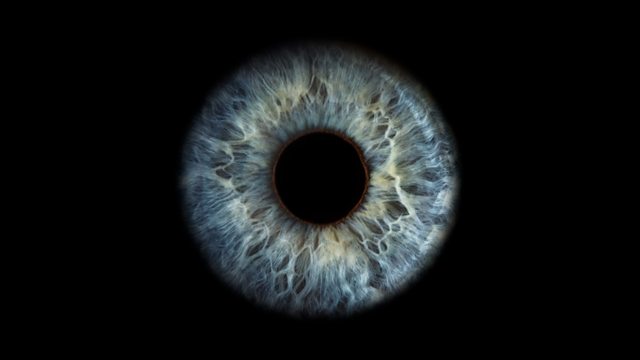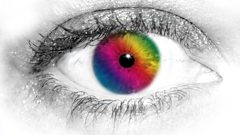How did eyes evolve?
Pupil, lens retina - your eyes depend on a whole bunch of intricate mechanisms to help you see. But how does the messy, random process of evolution come up with such complexity?
Look into my eyes. What do you see? Pupil, lens, retina… an intricate set of special tissues and mechanisms all working seamlessly together, so that I can see the world around me. Charles Darwin called the eye an ‘organ of extreme perfection’ and he’s not wrong!
But if the eye is so complex and intricate, how did it evolve? One listener, Aloyce from Tanzania, got in touch to pose this difficult question. It’s a question that taxed Darwin himself, but CrowdScience is always up for a challenge!
The problem is that eyes weren’t ever designed - they were cobbled together over millions and millions of years, formed gradually by the tweaks and adaptations of evolution. How do you get from the basic detection of light to the wonderful complexity - and diversity – of visual systems we find throughout the animal kingdom?
CrowdScience sent Marnie Chesterton on an 800 million year journey to trace how the different elements that make up the human eye gradually came into being; from the emergence of the first light-sensitive proteins to crude eye-cups, from deep sea creatures with simple pinhole eyes to the first light-focusing lenses, all the way to the technicolour detail of the present day.
Produced by Ilan Goodman for the 91�ȱ� World Service.
With contributions from: Dr Adam Rutherford, Dr Megan Porter, Professor Dan Nilsson, Dr Samantha Strong
(Photo Credit: Getty Images)
Last on
More episodes
Clip
-
![]()
Are women evolving better colour vision?
Duration: 01:49
Broadcasts
- Fri 17 Sep 2021 19:32GMT91�ȱ� World Service
- Sat 18 Sep 2021 01:32GMT91�ȱ� World Service Europe and the Middle East
- Sun 19 Sep 2021 01:32GMT91�ȱ� World Service East and Southern Africa & West and Central Africa only
- Mon 20 Sep 2021 03:32GMT91�ȱ� World Service Australasia, South Asia & East Asia only
- Mon 20 Sep 2021 04:32GMT91�ȱ� World Service Americas and the Caribbean
- Mon 20 Sep 2021 08:32GMT91�ȱ� World Service
- Mon 20 Sep 2021 12:32GMT91�ȱ� World Service except East and Southern Africa, East Asia, South Asia & West and Central Africa
Podcast
-
![]()
CrowdScience
Answering your questions about life, Earth and the universe



